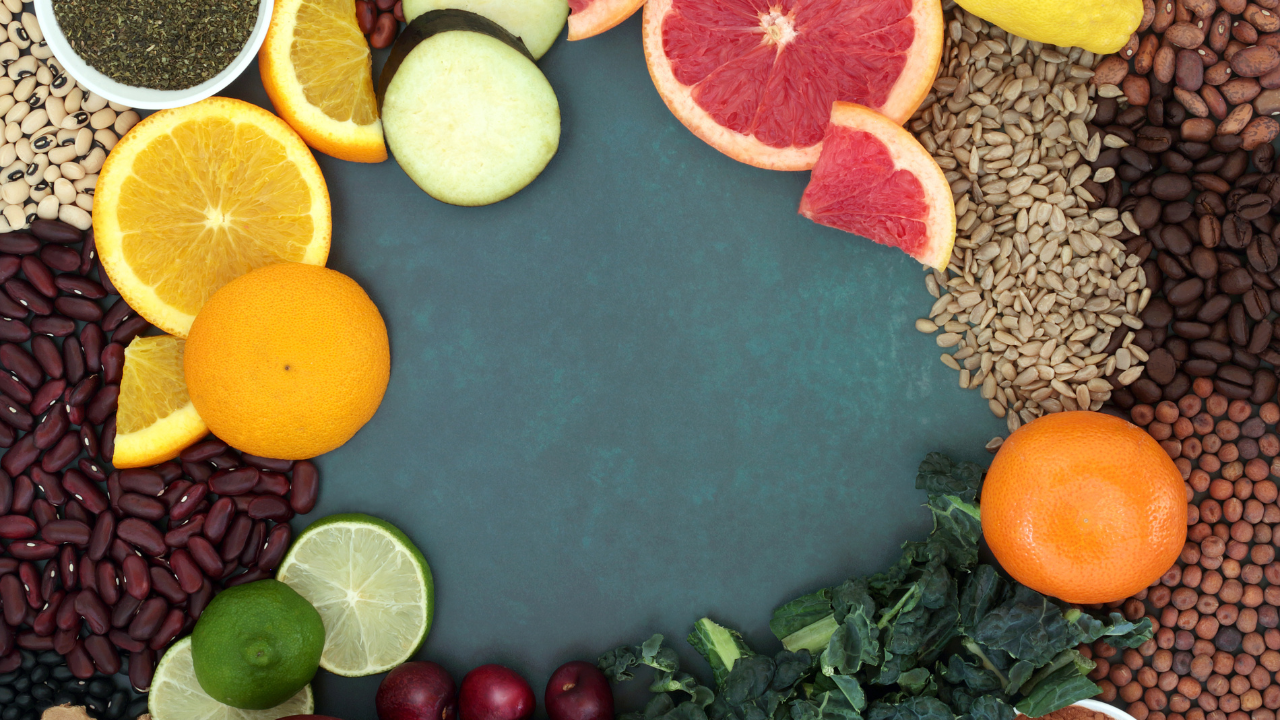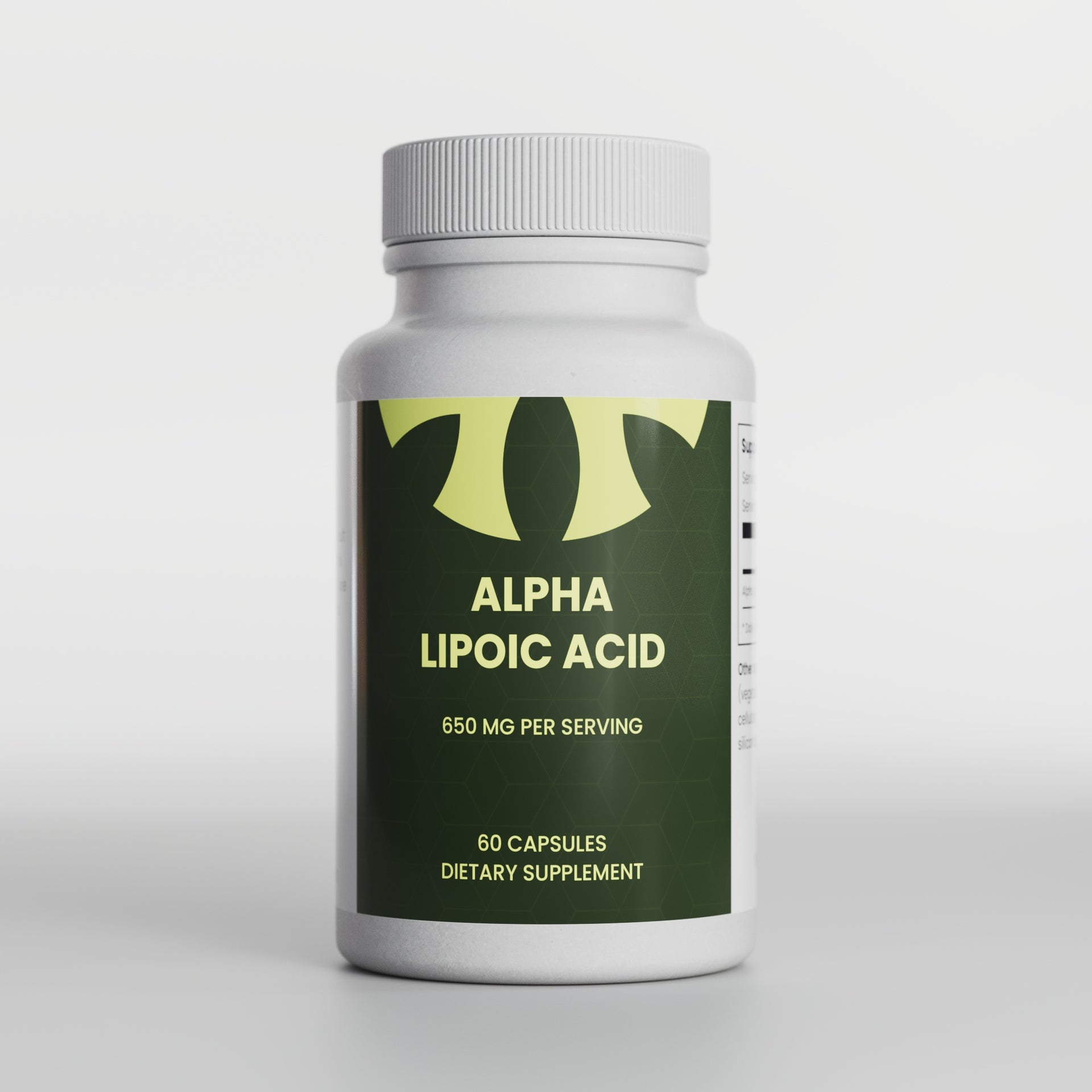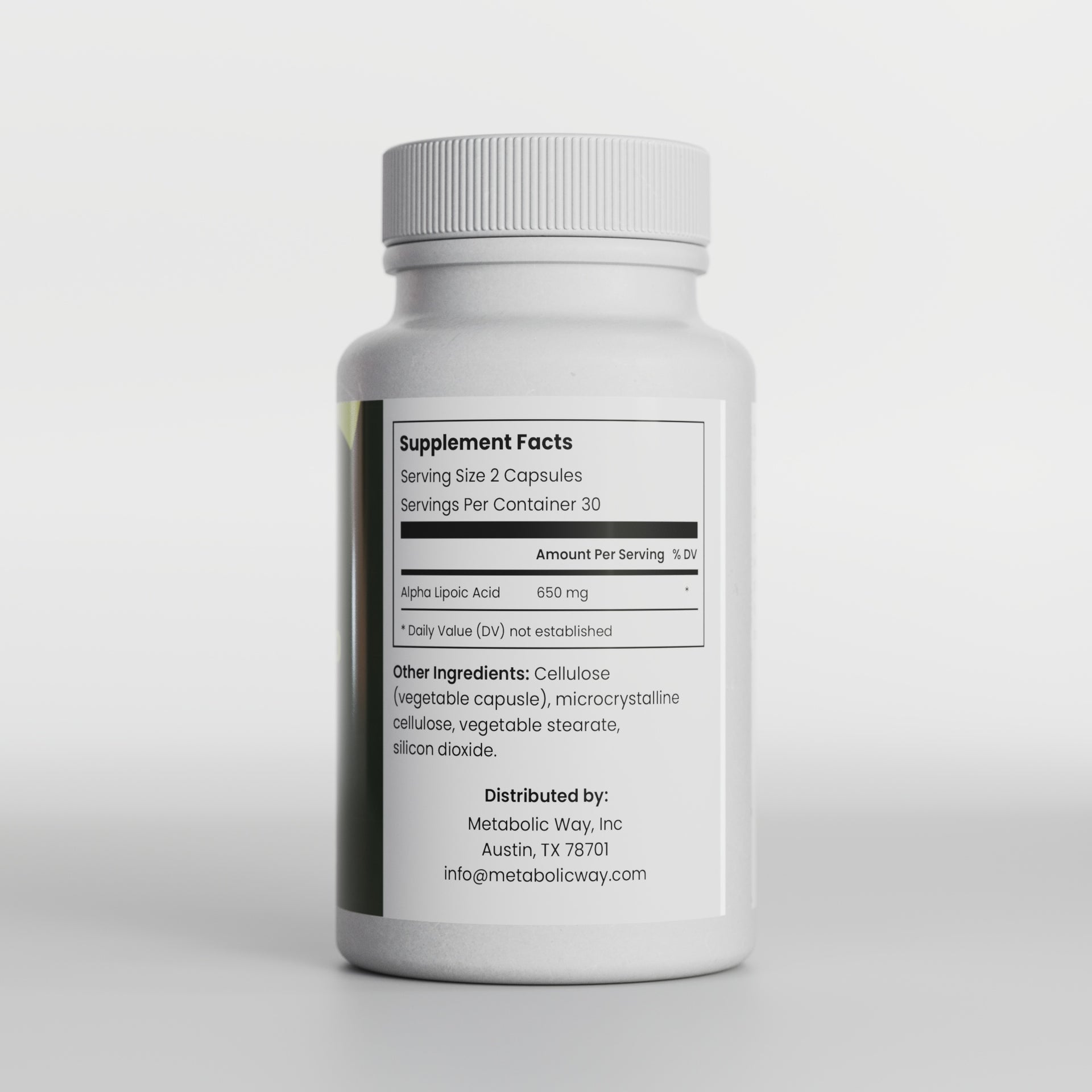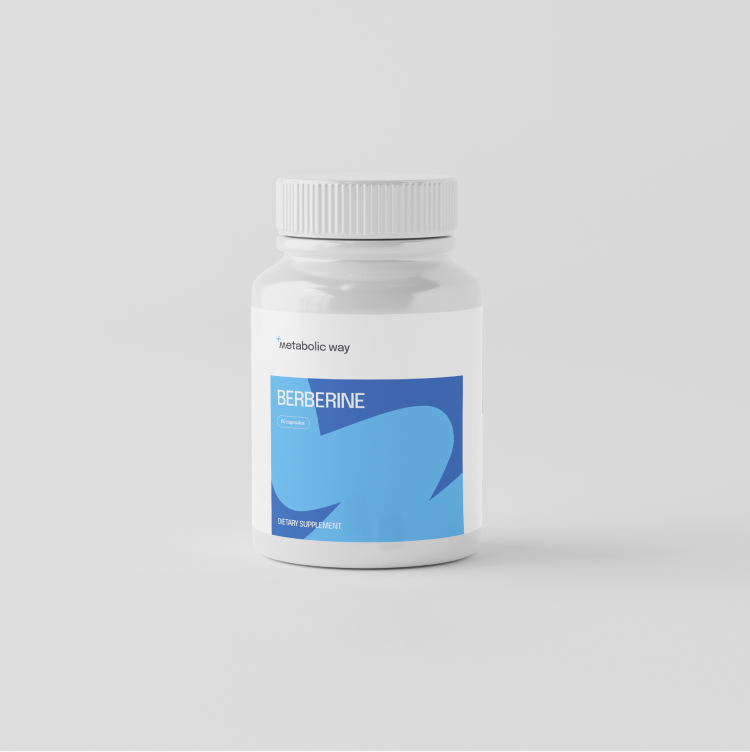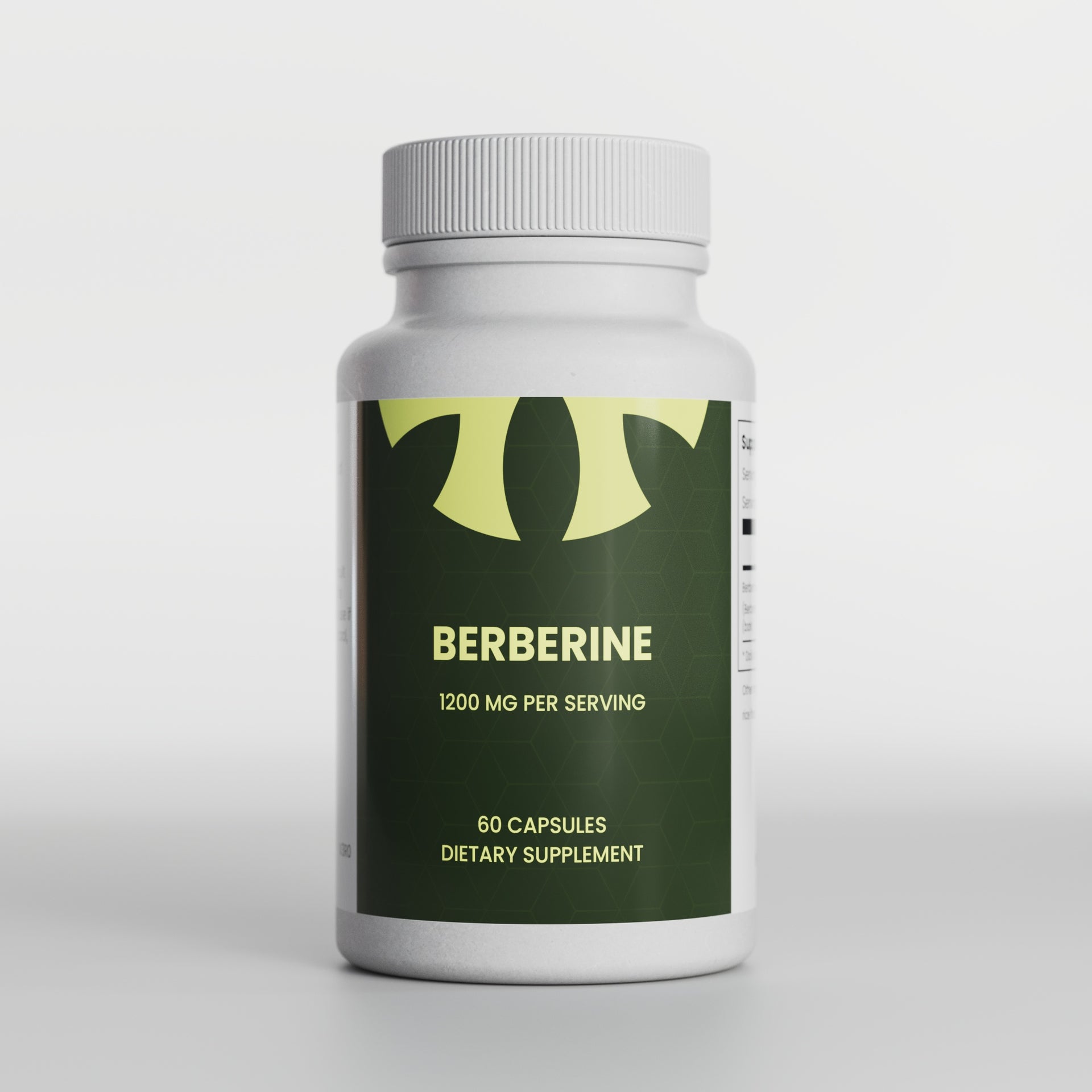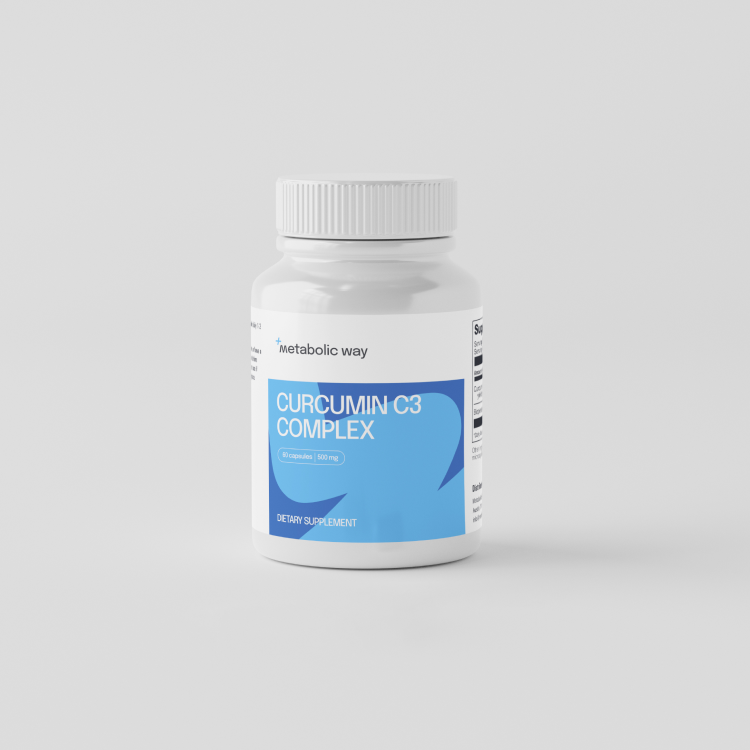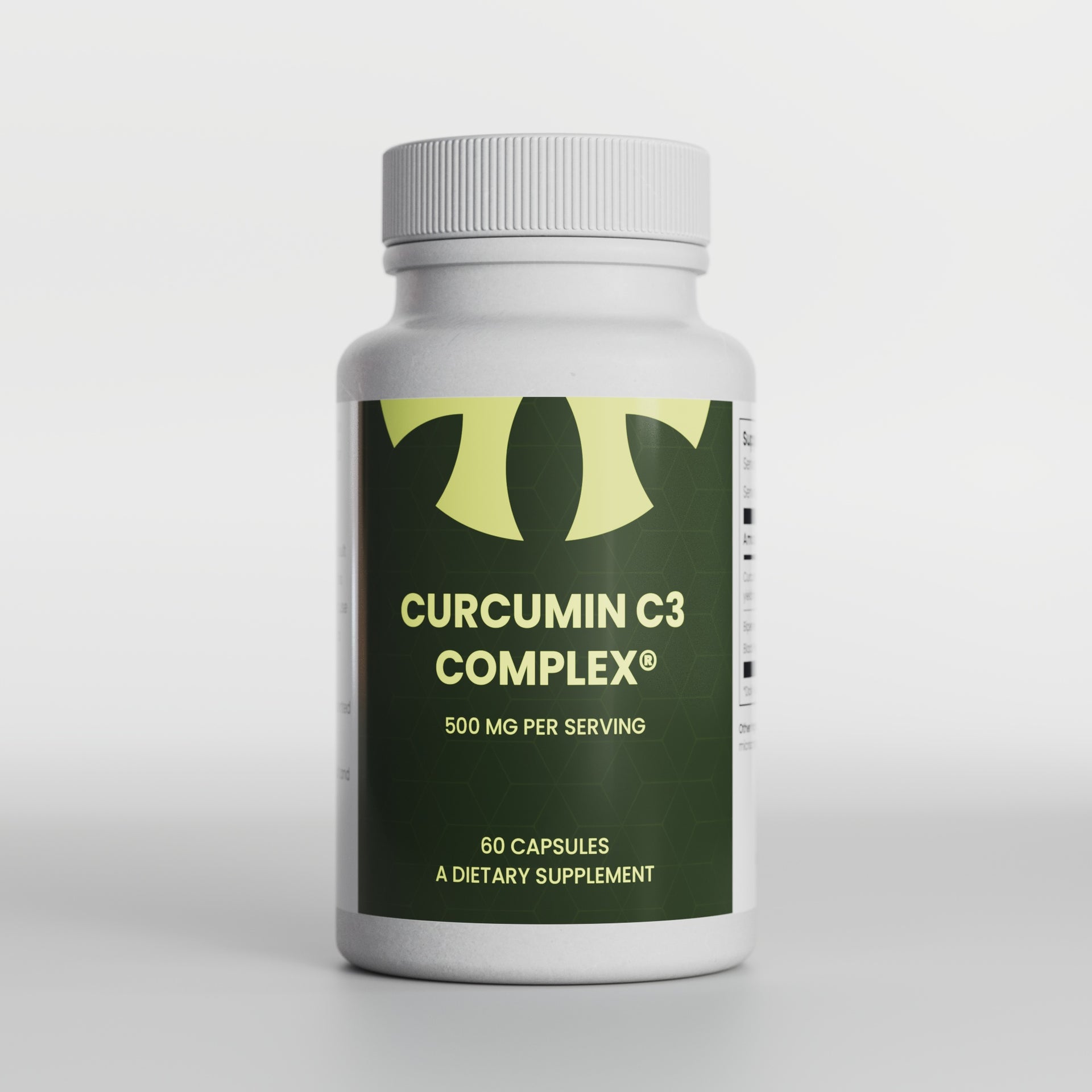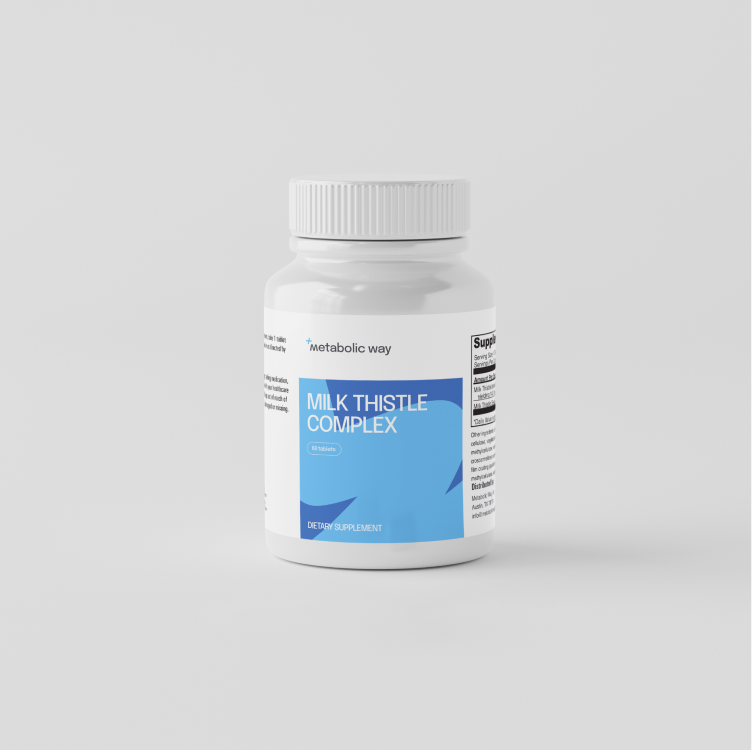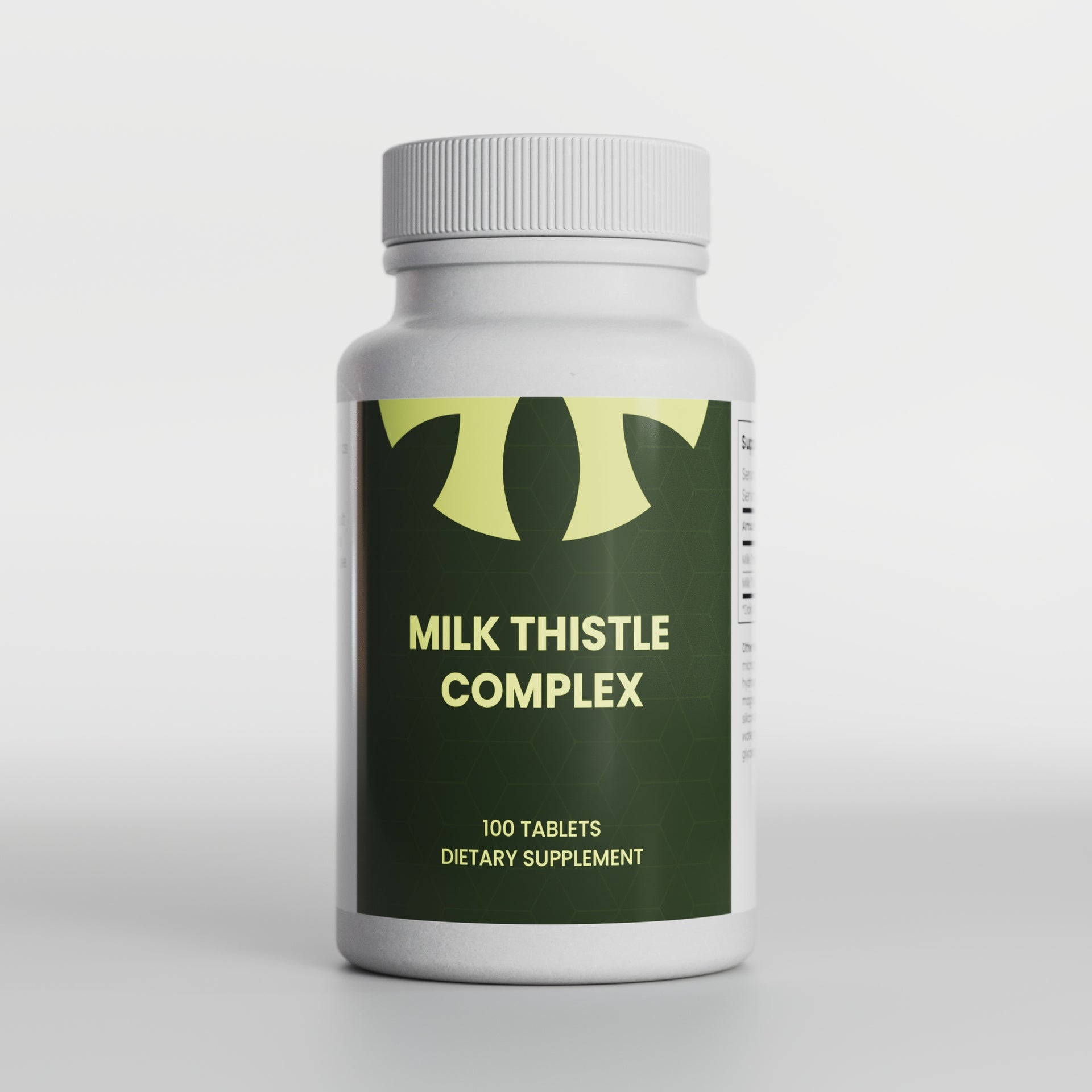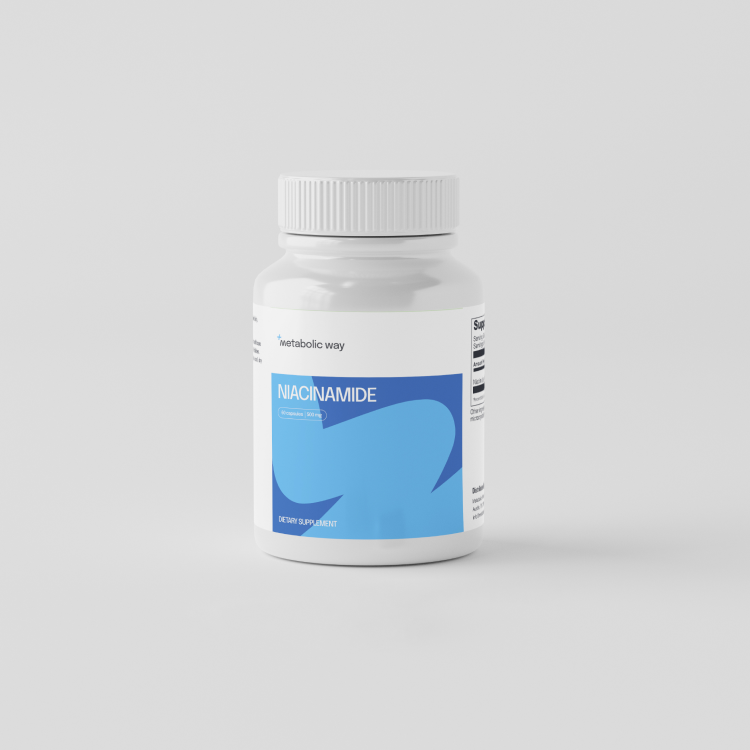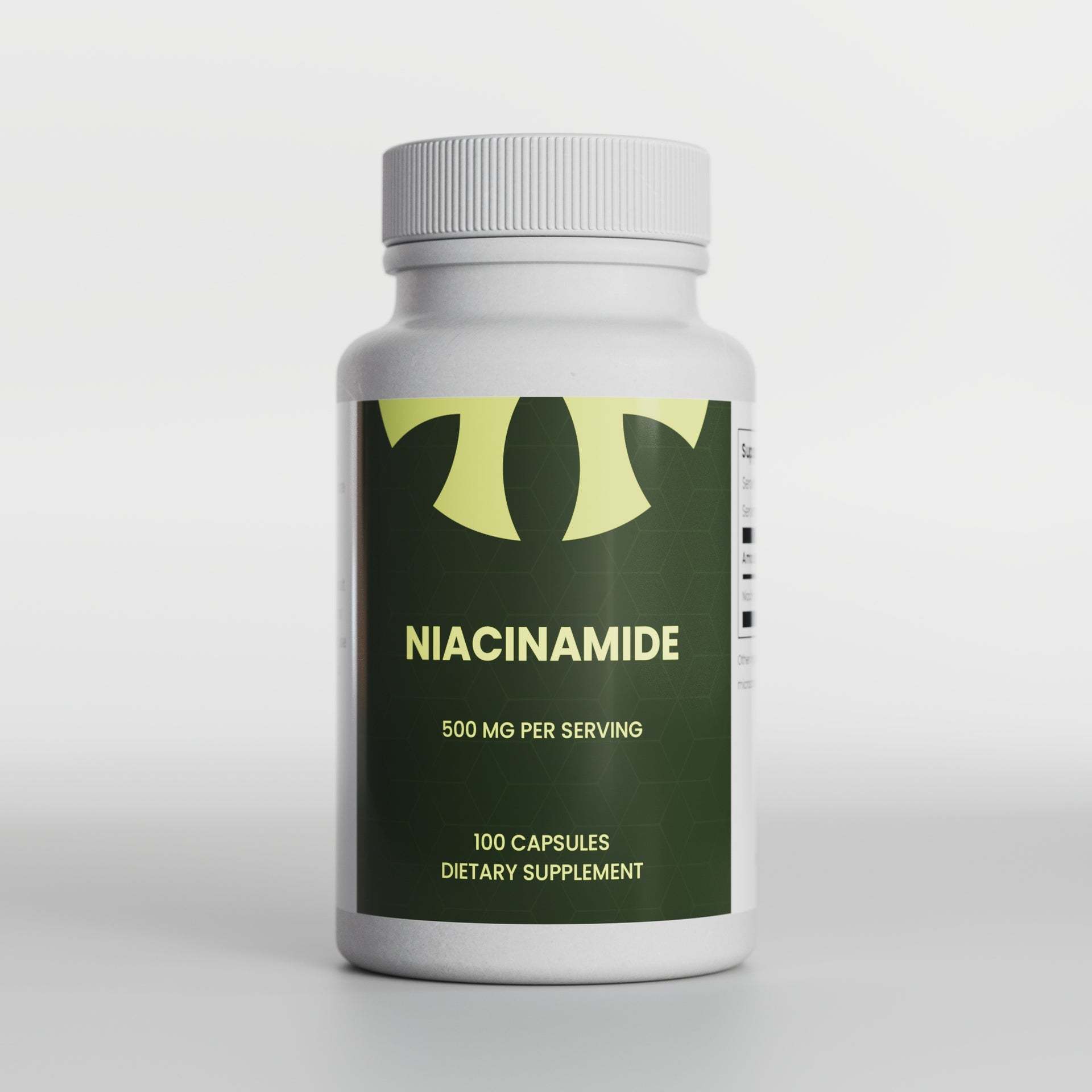Research Highlights:
Main Point 1: Plant Polyphenols and Their Health Benefits Plant polyphenols, found abundantly in various foods, exhibit significant antioxidant properties. Extensive research reveals their potential in protecting against chronic diseases, including cancer, cardiovascular conditions, diabetes, osteoporosis, and neurodegenerative disorders.
Main Point 2: Skin Health and Polyphenols Certain plant polyphenols, like quercetin and rutin, have demonstrated anti-inflammatory properties and can be applied topically to protect against skin damage. They inhibit superoxide anion and elastase, offering potential benefits in wound healing and reducing skin inflammation.
Main Point 3: Quercetin's Diverse Benefits Quercetin, a prominent plant polyphenol, is associated with multiple health benefits. It exhibits anti-inflammatory, antioxidant, and anti-platelet activities. It also has potential in inhibiting the formation of advanced glycation end products (AGEs) and preventing ultraviolet A (UVA) induced oxidative stress.
Additional Points:
- Rutin, a flavonoid, shows promise in protecting vascular barrier integrity and reducing inflammation.
- Quercetin, through its chelating and free radical scavenging mechanisms, inhibits lipid peroxidation and offers potential anti-aging effects.
- Skin color homogeneity, influenced by melanin and hemoglobin distribution, affects perceptions of age, attractiveness, health, and youthfulness.
Scientifically Reviewed by: Dr. Gary Gonzalez, MD, in August 2023
Introduction:
In recent years, the spotlight on plant polyphenols has grown brighter in the field of health and wellness. These natural compounds, found in various fruits, vegetables, and beverages, have emerged as potential powerhouses in the prevention and management of chronic diseases. This article delves into the exciting world of plant polyphenols and their remarkable impact on human health.
What You Need to Know:
Point 1: Unlocking the Potential of Plant Polyphenols Plant polyphenols are garnering attention for their remarkable antioxidant properties and their potential to safeguard against a spectrum of chronic diseases. Epidemiological studies and meta-analyses strongly suggest that long-term consumption of polyphenol-rich diets can offer protection against cancers, cardiovascular diseases, diabetes, osteoporosis, and neurodegenerative disorders.
Point 2: Polyphenols and Skin Health Beyond internal health, polyphenols play a role in skin health. Compounds like quercetin and rutin have demonstrated anti-inflammatory properties that make them promising candidates for topical application. They inhibit superoxide anion and elastase, which could facilitate wound healing and reduce skin inflammation.
Point 3: Quercetin's Versatility Quercetin, a prominent member of the polyphenol family, has garnered attention for its diverse health benefits. Its anti-inflammatory, antioxidant, and anti-platelet activities make it a valuable ally in managing various conditions. Moreover, quercetin shows potential in inhibiting the formation of advanced glycation end products (AGEs) and combating oxidative stress induced by ultraviolet A (UVA) radiation.
Additional Points:
- Rutin, a flavonoid, is making waves for its role in protecting vascular barrier integrity and reducing inflammation.
- Quercetin, through chelating and free radical scavenging mechanisms, inhibits lipid peroxidation and offers potential anti-aging effects.
- Studies on skin color homogeneity reveal intriguing connections between skin appearance and perceptions of age, attractiveness, health, and youthfulness.
Stay tuned as we journey through the latest research and discoveries surrounding plant polyphenols and their transformative effects on human health.
Section 1: The Multifaceted World of Plant Polyphenols
Plant polyphenols have emerged as bioactive compounds with the potential to revolutionize human health. These natural antioxidants are abundant in various foods, and their consumption is linked to a range of health benefits, from thwarting chronic diseases to supporting overall well-being.
Subsection 1.1: Plant Polyphenols and Chronic Disease The first key point to explore is the pivotal role of plant polyphenols in preventing chronic diseases. Epidemiological studies and comprehensive meta-analyses consistently demonstrate the protective effects of polyphenol-rich diets against cancers, cardiovascular diseases, diabetes, osteoporosis, and neurodegenerative disorders. We'll delve into the science behind these findings and discuss how incorporating polyphenol-rich foods into your diet could be a game-changer for your health.
Subsection 1.2: Topical Applications of Polyphenols Plant polyphenols aren't confined to dietary consumption alone. They have also entered the realm of skincare and dermatology. In this section, we'll explore the anti-inflammatory properties of compounds like quercetin and rutin, shedding light on their potential for topical applications. From inhibiting superoxide anion to aiding in wound healing, these polyphenols are making their mark in the world of skincare.
Section 2: Quercetin - The Versatile Polyphenol
Quercetin, a standout member of the plant polyphenol family, deserves a closer look. Its multifaceted benefits, ranging from anti-inflammatory actions to antioxidant prowess, make it a fascinating subject of study.
Subsection 2.1: Unveiling Quercetin's Anti-Inflammatory Powers One of the key attributes of quercetin is its potent anti-inflammatory activity. We'll explore how quercetin suppresses inflammatory processes, offering potential relief for conditions marked by chronic inflammation. Its impact on various inflammatory markers will be dissected, shedding light on its therapeutic potential.
Subsection 2.2: Quercetin and Antioxidant Defense Quercetin's antioxidant capabilities are integral to its health-promoting properties. We'll dive into the science behind quercetin's role in neutralizing harmful free radicals, protecting cells, and potentially mitigating oxidative stress-related disorders.
Subsection 2.3: Quercetin and AGE Inhibition Advanced glycation end products (AGEs) are implicated in various age-related diseases. Discover how quercetin steps in to inhibit AGE formation, potentially slowing down the aging process and reducing the risk of associated health conditions.
Section 3: Rutin - A Flavonoid with Promise
Rutin, a flavonoid found in various plants, is gaining recognition for its potential health benefits. We'll explore its role in protecting vascular barrier integrity, reducing inflammation, and promoting overall well-being.
Subsection 3.1: Safeguarding Vascular Barrier Integrity Rutin's ability to protect vascular barrier integrity is a significant focus. We'll delve into how rutin contributes to vascular health, potentially reducing the risk of cardiovascular diseases.
Subsection 3.2: Rutin's Anti-Inflammatory Properties In this section, we'll discuss rutin's anti-inflammatory effects in more detail. From inhibiting superoxide anion to suppressing elastase release, rutin's potential in reducing inflammation holds promise for various health applications.
Section 4: Beyond the Basics - Skin Color Homogeneity
Skin color homogeneity, influenced by melanin and hemoglobin distribution, isn't merely a matter of aesthetics. It has implications for how we perceive age, attractiveness, health, and youthfulness. We'll explore the fascinating world of skin color and its psychological impact.
Summary:
In conclusion, the world of plant polyphenols is teeming with potential for revolutionizing human health. From their role in preventing chronic diseases to their promising applications in skincare, these natural compounds continue to captivate researchers and health enthusiasts alike.
Quercetin and rutin, two prominent polyphenols, offer diverse benefits, from anti-inflammatory and antioxidant actions to AGE inhibition and vascular protection. Moreover, skin color homogeneity serves as a captivating link between appearance and perception. As research continues to uncover the full spectrum of polyphenol benefits, it's clear that these compounds have much more to reveal about their transformative potential.
References:
[1. Oxid Med Cell Longev. 2009 Nov-Dec;2(5):270-8] [2. Eur J Pharm Sci. 2012 May 17] [3. Food Chem Toxicol. 2012 Jun 18;50(9):3048-3055] [4. J Agric Food Chem. 2004 Jul 14;52(14):4414-8] [5. J Nutr Biochem. 2006 Aug;17(8):531-40] [6. Biochem Pharmacol. 1989 Jun 1;38(11):1763-9] [7. Toxicology. 2000 Nov 23;154(1-3):21-9] [8. Atherosclerosis. 2011 Sep;218(1):44-52] [9. Exp Gerontol. 2010 Oct;45(10):763-71] [10. J Am Acad Dermatol. 2007 Dec;57(6):977-84]
